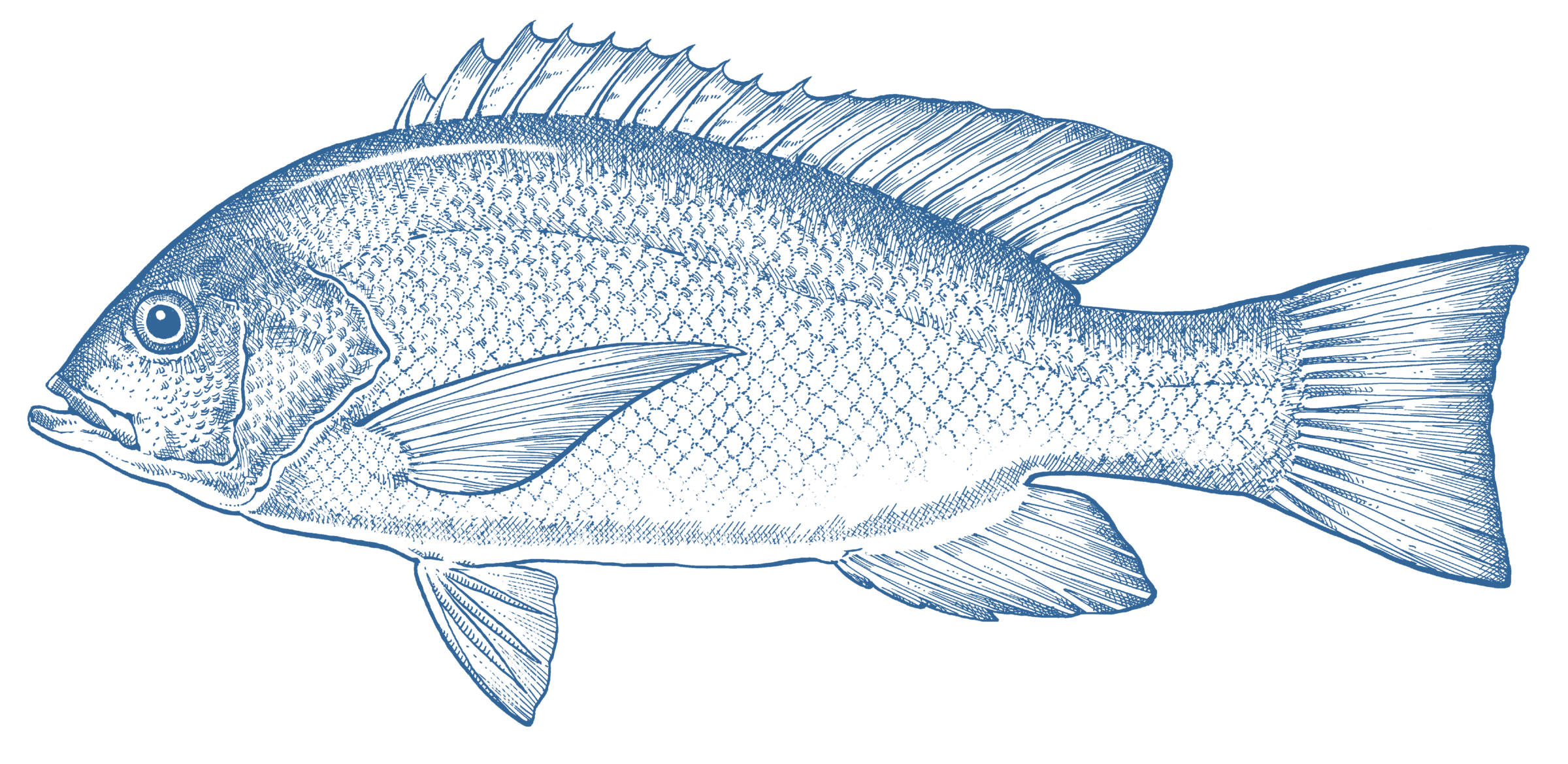




- Better Choice
- Eat Less
Wild Caught
Region:
NT
Note: Choose the NT Crimson snapper caught using trap or line over the trawl caught crimson snapper.
- Crimson snapper is a tropical fish species caught in QLD, the NT and WA.
- In the NT, crimson snapper are caught using bottom trawl and, to a lesser extent, trap and line fishing methods
- In 2020 crimson snapper populations were assessed individually for the first time, which was a welcome change. The major population caught in the fishery is in a healthy condition, and while the status of another population that constitutes a minor proportion of NT catch is unknown, there are no serious immediate concerns.
- Independent observer coverage of trawl fisheries in NT indicates some bycatch of endangered or protected sawfish, dolphins and hammerhead sharks, although it is unlikely that catch levels are contributing to further declines in these species.
- Though trap and line fishing methods present very low risk to habitat, the growing trawl fishery is of some concern for potential impacts to marine habitat.
- NT Offshore Snapper Fishery (677t in 2019)
Crimson Snapper is a widespread Indo-Pacific species found throughout tropical Australian waters. Crimson snapper are found over a wide range of soft and hard complex habitats. Juveniles are found in shallow inshore waters over muddy substrates, before migrating into deeper habitats as adults. There are commercial fisheries in QLD, NT and WA.
The vast majority of the catch comes from the NT trawl fishery. The major population of crimson snapper appears to be in healthy condition.
A minor proportion of NT crimson snapper catch comes from a distinct biological population in Joseph Bonaparte Gulf, for which no scientific assessment of population health is available. Despite this, the low level of recent catch suggests there are no serious concerns for this population.
The amount of trawling occurring in the NT has expanded significantly since 2011, when trawling increasingly replaced trap and line fishing as the primary source of catch.
Independent fishery observer programs are an important method of verifying protected species interactions, as well as other fishery impacts, such as the type and volume of discarded catch. Independent observer coverage of trawl fisheries in NT indicates interactions with sawfish, dolphins and hammerhead sharks, although it is unlikely the catch level is contributing to further declines in the populations of these species.
The habitat trawled in the NT is poorly understood; currently the trawled area represents less than 5% of the total area available. Improved habitat mapping is a priority and is being undertaken as part of current management actions.
The trap and line fishing methods used to catch crimson snapper pose a low risk to other species or marine habitats, and can be considered a more sustainable GoodFish ranked ’Better Choice’ if available.


